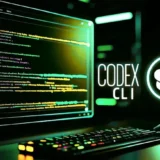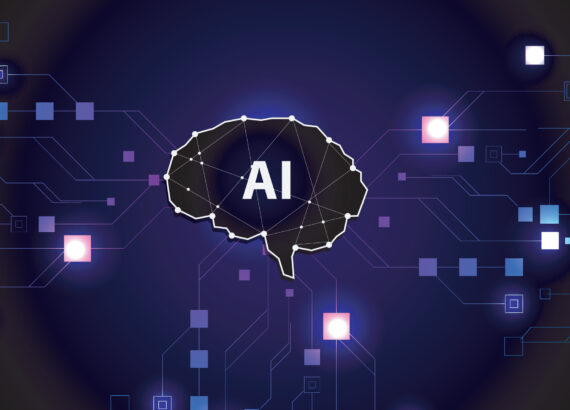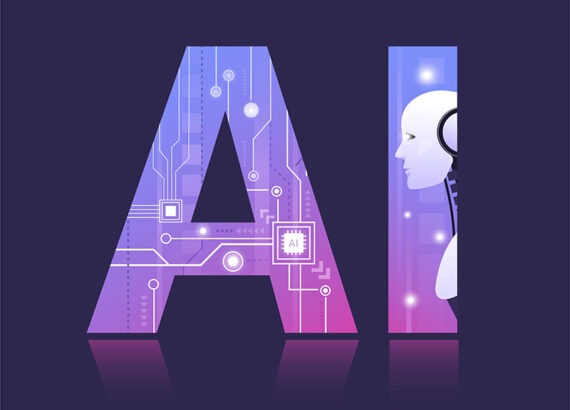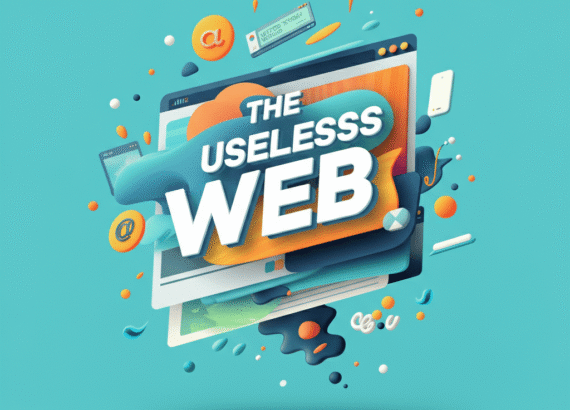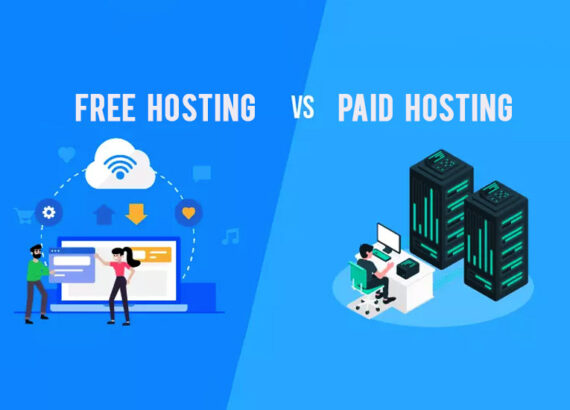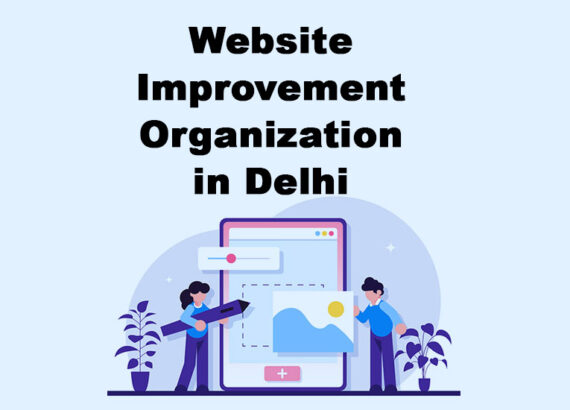Hey, readers! This blog is a clearer mirror of AI gen education. Education isn’t what it used to be. You can feel it. The blackboard is disappearing, replaced by glowing screens. Desks are slowly giving way to digital dashboards. And in the centre of this transformation sits one thing—Artificial Intelligence. But while the world races ahead with new tools and buzzwords, many of us—students, teachers, and parents alike—are left wondering: What does all this really mean for the future of learning? Are we losing something irreplaceable in the process? Or is something better waiting to unfold?
Enter Professor Bharat Anand, a Harvard Business School scholar whose voice cuts through the noise. In a calm, confident tone, he recently broke down the facts of how AI is actually changing education, not just in headlines, but in classrooms, minds, and lives. His insights weren’t robotic or dry. They were startlingly human. And perhaps, that’s exactly the kind of perspective we need now more than ever. Let’s unpack what he had to say—and what it really means for all of us.

Not Just Smart—Accessible
In fact, when people think of AI, the first image that comes to mind is usually intelligence—machines that think faster, solve problems better, and outperform humans. But Anand urges us to look beyond that. In his view, the real revolution is access. Think about a student in a remote village in India or an underfunded urban school in Nigeria. For decades, the educational playing field has been steeply tilted. Quality learning materials, expert teachers, and advanced training were luxuries reserved for the few. But AI is reshaping that hierarchy. With tools like ChatGPT, Khanmigo, or Google’s Gemini, students anywhere can ask questions, get feedback, solve problems, and explore subjects in ways that were once unimaginable. It’s not about making learning “smarter.” It’s about making it fairer. AI doesn’t just bring intelligence to education. It brings opportunity. And that’s profound. Because when learning becomes a right, not a privilege, everything else begins to shift—confidence, dreams, futures.
The Role of the Educator: From Deliverer to Designer
One of the most reassuring takeaways from Anand’s talk is that teachers are not being replaced—they’re being reimagined. He challenges the outdated idea that teaching is simply about transferring information. If AI can deliver lectures or explain calculus, then what’s the teacher’s point? Here’s the shift: teachers become designers of learning experiences and mentors in meaning. Rather than lecturing, they now curate, guide, coach, and most importantly, humanise the learning process.

AI Isn’t Here to Compete with You. It’s Here to Collaborate!
Students, too, are caught in a whirlwind. With AI tools at their fingertips, many feel both excited and confused. Can I use this for my assignment? Is this cheating? What’s allowed and what’s not? Anand’s message is gentle but clear: AI is not your enemy—it’s your co-pilot. Used right, AI can help students brainstorm ideas, outline essays, practice quizzes, and simulate discussions. It’s not about letting machines think for you. It’s about thinking with them, like having a smart study buddy who’s always available, never tired, and infinitely patient. The key, though, lies in intention. Are you using AI to understand better, or to escape effort? The difference matters. Deeply. Because in the end, the tool is neutral. It’s how you wield it that shapes the outcome.
Learning Is No Longer One-Size-Fits-All
Every student is different. Some love visuals. Others learn by doing. Some race ahead. Others need more time. Traditional education rarely had the bandwidth to adapt to this diversity. But AI changes the game entirely. With adaptive learning platforms, the curriculum can now morph in real time. If a student is stuck on fractions, the system gives more practice, easier breakdowns, or alternative methods. If another is flying through chemistry, the pace speeds up. The learning adjusts to the learner, not the other way around. This kind of personalisation was once a fantasy in public education. Today, it’s becoming a reality. And it’s not just efficient. It’s deeply validating. Because for the first time, students feel seen.

Let’s Talk About Cheating and What It Really Reveals
No conversation about AI in education is complete without facing the elephant in the room: academic integrity. Yes, students are using AI to write essays. Yes, there’s plagiarism. But Anand invites us to ask a deeper question: If students are turning to AI to complete their assignments, what does that say about the assignments themselves? Are we still testing memorisation when we should be assessing analysis? Are we rewarding formulaic responses when we should be nurturing creativity? Maybe, just maybe, the real problem isn’t that AI makes cheating easier. Maybe it’s that our system hasn’t evolved fast enough to stay meaningful. This isn’t about blaming students. It’s about reimagining education itself—to value process over product, insight over regurgitation, and originality over repetition.

The Human Becomes More Precious
One of the most beautiful insights Anand shares is almost poetic. As AI becomes better at mimicking human intelligence, we’re forced to rediscover what makes us irreplaceably human. Empathy. Curiosity. Humor. Kindness. The ability to tell a story that moves someone. To listen deeply. To question convention. These aren’t just “soft skills.” They’re the soul of learning. In fact, Anand suggests that subjects like philosophy, literature, ethics, and arts may become even more vital in the AI age, not less because they teach us not just how to think, but why to think. What to value. How to live. AI might teach us calculus. But only we can teach compassion.
Inside Harvard’s Classrooms: Experiments With AI
Well, if you think elite institutions like Harvard are clinging to old methods, think again. Anand reveals that classrooms there are buzzing with AI experiments. MBA students are using AI tools to model real-time market strategies. Literature students rewrite poems in multiple voices to explore meaning. Engineering teams simulate designs, fail fast, and try again—all with AI as a companion. But here’s the twist: students often spend less time grinding and more time discussing, reflecting, and creating. That’s the true value AI brings—not shortcuts, but space. Space to explore deeper. And this isn’t about fancy tech. It’s about shifting the very rhythm of education, from consumption to conversation.

Conclusions
In conclusion, as the conversation with Professor Bharat Anand makes clear, AI isn’t transforming education on its own. We are. Professor Anand ends with a quiet truth: Technology enables. People decide. AI may be the most powerful tool we’ve ever had in education. But it’s still a tool. The future of learning will depend not on what AI can do, but on what we choose to do with it.
Enjoyed reading the blog? Please follow us on our website – Nextr Technology – The best Shopify web development agency in New Delhi.
Thank you for reading
Buy Web Hosting at an affordable price: Buy Now.
If you want to build your website at an affordable price, contact www.nextr.in
Read this: Open AI Academy – An Opportunity to Avail AI Tools and Training


